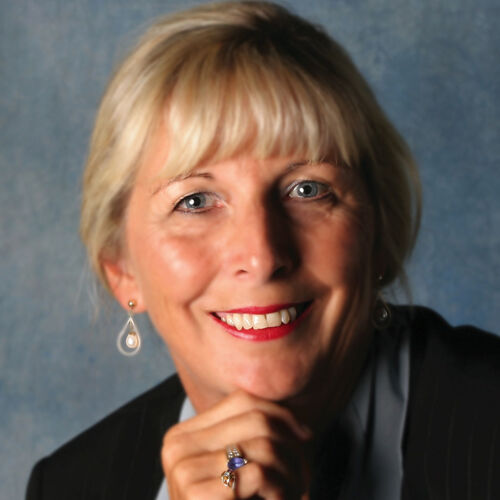A large group of dignitaries, including Agriculture Secretary Tom Vilsack, Sen. Jerry Moran, R-KS, and former Senate Ag Committee Chairman Pat Roberts recently spoke at the ribbon cutting of the National Bio and Agro-Defense Facility in Manhattan, Kansas, to celebrate a building and a strategy that was at least 20 years in the making.
There were lots of smiles and congratulatory speeches, but the backstory about how all involved got to that celebratory moment involved a lot more intrigue.
Roberts told me this effort started when he was appointed chairman of the newly created emerging threats subcommittee of the United States Senate and the Armed Services Committee over 20 years ago.
“We had the authorizing jurisdiction over the Nunn-Lugar program, gaining access to the many secret cities within the former Soviet Union to provide security and to keep the scientists busy by funding non-lethal work programs. I was assigned to a secret site 60 miles north of Moscow, where I discovered that Russian scientists had developed warehouses of pathogens designed to attack a country’s food supply.
“All designed to do bad stuff,” he added. “Talk about an evil empire.”
He returned to Moscow to discover that Vladimir Putin had come to power, and it didn’t take him long to shut down the Nunn-Lugar program. The secret cities that had been open for inspection became secret again.
“Later, as chairman of the Intelligence Committee, I really wore out the CIA, the Defense Department, the Department of Agriculture, the Department of Homeland Security, the White House, and everybody on the Intelligence Committee about what should keep us up at night.”
Then came 9-11.
“Never before had I thought about using airplanes as missiles,” Roberts added. But it also made him think about all the new ways that a foreign enemy might try to disrupt the U.S. food supply.
At about the same time, Roberts was visiting with Kansas State University President Jon Wefald. He shared his concerns and the need to do more to protect U.S. farmers and ranchers.
Roberts said that Wefald jumped off his sofa and shouted, “Pat, it should be a land grant. K-State can do this.” And pretty quickly he assembled what then was referred to as the K-State NBAF team.
The K-State team met with the Senate Intelligence Committee and Roberts said they ran numerous exercises to simulate what might happen with a disease outbreak. Several of the president’s cabinet took part. The roles were planned so that the worst would happen.
“Thank God it was an exercise and not real,” Roberts recalled.
The process was long and took a lot of perseverance to bring the facility to Manhattan.
Once the decision was made to move the facility to a new, improved location, a very long bidding process ensued. The man in charge was an admiral but Roberts described him as “not just any admiral.”
“He was the very admiral I had saved from a lot of badgering from some of my misguided colleagues who just loved to beat up on our military on our Intelligence Committee.”
Roberts said the admiral did everything by the book. But he also told anyone who asked where they stood. “And we asked a lot with the help of then Kansas Gov. (Kathleen) Sebelius.”
However, like most things in Washington, the battle was far from over, Roberts said.
“How many times did my staff and I go to the House and Senate appropriators to make sure we were still OK with our annual appropriations? How many times did DHS, with all due respect, ignore congressional intent and shift money from NBAF to research or something else they deemed more important? We did not give up,” Roberts said. “It’s been one hell of a ride.”
After all these years of working to build a new, state-of-the-art facility that will be staffed with some of our nation’s best scientists at U.S. Department of Agriculture, Roberts says he takes heart in all of the cooperation expressed during the ribbon cutting.
Yet, he says “we still must be prepared for a threat that could have been disastrous over 20 years ago. And I believe still remains.”
Editor’s note: Sara Wyant is publisher of Agri-Pulse Communications, Inc., www.Agri-Pulse.


